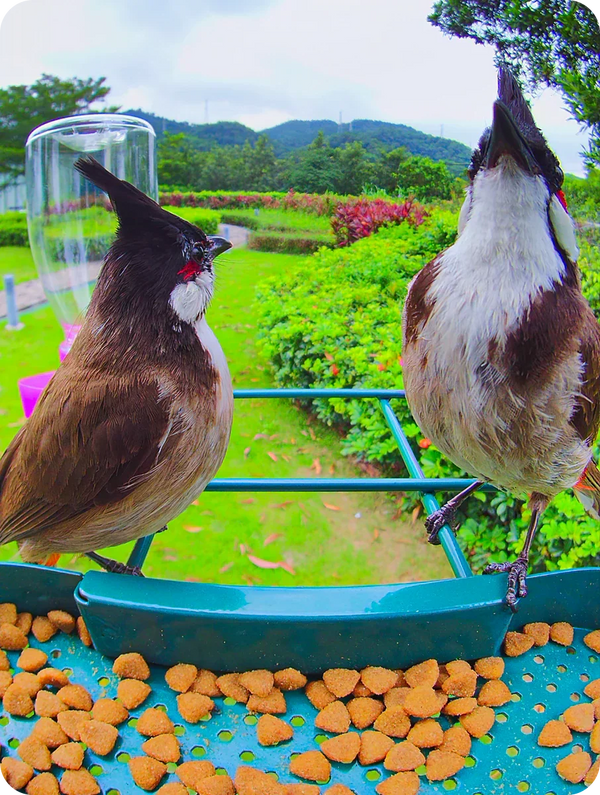Unlock the Secrets of Camera Bird Feeders: What You Need to Know Before Your Purchase!
In recent years, camera bird feeders have soared in popularity among birdwatching enthusiasts, blending the joys of feeding birds with the art of photography. Imagine the thrill of capturing stunning images or videos of your backyard visitors while providing them with nourishment. These innovative devices not only attract a variety of bird species but also enhance the overall birdwatching experience by allowing you to closely observe their behaviors without disturbing them. Whether you're a seasoned birdwatcher or a novice looking to connect with nature, a camera bird feeder could be the perfect addition to your outdoor setup, bridging the gap between wildlife observation and photography.

Understanding Camera Bird Feeders
Camera bird feeders are specialized feeders equipped with integrated cameras that allow users to capture images and videos of birds as they feed. These devices often utilize motion sensors to activate the camera when a bird approaches, ensuring that you never miss a moment. The technology behind camera bird feeders can vary, but most feature high-resolution cameras that provide clear images, even in low light. There are different types available on the market, ranging from those that connect to your smartphone via Wi-Fi to models with built-in storage for images and videos. Some feeders even come with additional features like night vision and enhanced zoom capabilities, catering to the diverse needs of birdwatchers.
Benefits of Using Camera Bird Feeders
The advantages of using a camera bird feeder are plentiful. First and foremost, you get to capture beautiful images and videos of birds that visit your garden, which can be a rewarding experience. Imagine showcasing a stunning photo of a rare species to your friends or sharing delightful videos on social media. Additionally, these feeders allow you to monitor bird activity, giving you insights into which species visit most frequently and at what times. This information can enhance your understanding of local wildlife, making it easier to attract specific birds. Furthermore, the thrill of observing birds up close can bring joy and tranquility, fostering a deeper connection with nature.
Key Features to Consider Before Buying
Before purchasing a camera bird feeder, several essential features should be considered. Image quality is paramount; look for feeders with high-resolution cameras to ensure that the images captured are clear and sharp. Camera resolution plays a crucial role in this aspect, so opt for models that offer at least 1080p resolution. Connectivity options are also vital; feeders that allow you to connect to Wi-Fi or Bluetooth can enable remote access to your photos and videos. Additionally, consider battery life, as a longer-lasting battery means less frequent recharging and uninterrupted birdwatching. Finally, ease of use is important; choose a model that is simple to set up and operate, allowing you to enjoy your new feeder without frustration.
Common Mistakes to Avoid
When purchasing a camera bird feeder, it's easy to overlook certain details that can lead to disappointment. One common pitfall is neglecting to ensure compatibility with the bird species in your area; some feeders may attract specific types of birds better than others. Additionally, failing to check for weatherproofing can be a costly mistake, as many feeders are exposed to the elements. Opt for models that are designed to withstand rain and snow to prolong their lifespan. Lastly, assess the device's user-friendliness; a complex system may deter you from using it regularly, negating its intended purpose. Take the time to read reviews and do research to avoid these common errors.
Summary of Key Insights
In summary, understanding camera bird feeders is crucial before making a purchase decision. These innovative devices offer a unique way to engage with nature, allowing you to capture beautiful moments while feeding birds. By considering key features, recognizing potential pitfalls, and exploring various options, you can find the perfect camera bird feeder to enhance your birdwatching experience. So, take the plunge, equip your backyard with one of these fascinating feeders, and immerse yourself in the captivating world of birds!






تعليقات